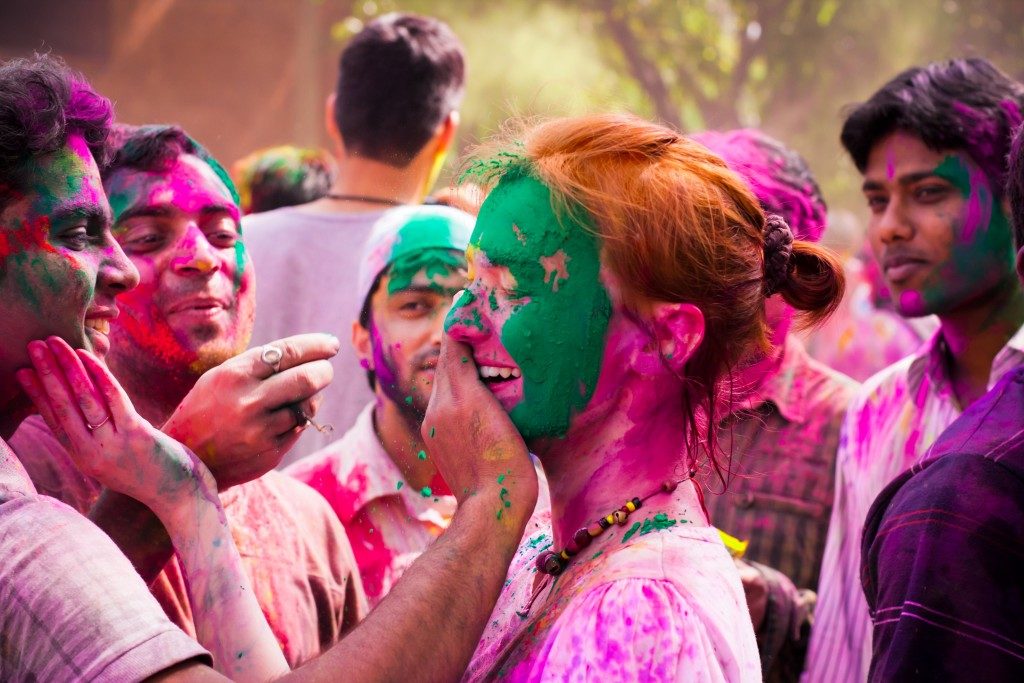Open-air events, such as festivals, are always packed with people and stalls. Snacks, beverages, and other non-food items are widely sold within the designated area, and many patrons enjoy them. In turn, trash would be scattered all over the grounds, and some even get swept away outside the venue’s perimeters. It’s hard to notice all the garbage in the middle of the event, but once it’s over, the outcome is downright concerning.
Event organizers try to manage waste disposal by renting roll-off bins from waste management companies. In Orem and other cities, the disposal service also includes cost-effective commercial, construction, and commercial residential dumpster rental services. With these solutions, garbage can be handled professionally.
That said, how are the trash from festivals handled after they’ve been collected?
The Volume of Waste
Before we go into detail on how festival waste is managed, let’s determine how much garbage is collected during these events. According to Resources Futures, an event with around 50,000 attendees would generate at least 8,320 pounds of trash, and a 3-day festival with approximately 150,000 attendees all in all could generate at least 80,000 pounds of trash.
With such a large amount of trash, it’s hard to imagine how they would be handled in the waste facility, but these facilities have their ways.
Material Recovery Facility
The festival garbage is transported into this facility, but this place is designed for dry recycling only. Plastic, tins, cans, and newspapers are among the items this facility can handle. Food waste, unfortunately, isn’t accommodated, including compostable plates and recyclable paper with food residue.
Sleeping bags, tents, airbeds, chairs, rolled mats, and gazebos are also common trash items that are recovered after festivals. These items can be reused, so when they aren’t transported to the Material Recovery Facility, local charities are sometimes invited to the site to gather anything that is still useful. Other recyclable and reusable wastes are also donated.
Recycling and Reusing

Some organizations have started utilizing recyclable and reusable trash. One is the Small Steps Project, which collects discarded boots and donates them to people living in dumpsters.
How Organizers Can Manage Waste at Festivals
One thing that organizers can do to control waste build-up is to reduce trash from generating in the first place. Having water refilling stations available can minimize plastic bottle usage. Attendees must also be encouraged to pick up their own trash. Policies can also be implemented at the venue, such as restricting attendees from bringing in materials that can contaminate the grounds and the trash receptacles.
Waste hauling companies should also have an understanding of the facility they’re dealing with. The waste management team, which can be paid individuals or volunteers, should be active on-site and sort out trash quickly. The waste team can focus on items that be can be reused and can generate revenue. Plastic bottles, aluminum cans, and deposit refunds from alcohol containers are some examples of such waste items.
Event organizers should also understand the hauling company’s operations before they arrive at a formal agreement. They must consult the hauler about the levels of contamination they deem acceptable for recycling and/or organic waste streams.
Organizers must not stop reminding festival-goers to tidy up after themselves. And as individuals who enjoy these events, we must start being wary of the trash accumulation we help create. Even if most of the trash we leave behind are reusable and recyclable, it still creates such a mess, not to mention they’re an eyesore. Excessive trash leaves the venue in such a sorry state, too. Picking up our own trash and disposing of them properly is just a simple act to help maintain orderliness in a festival we all like to enjoy.

